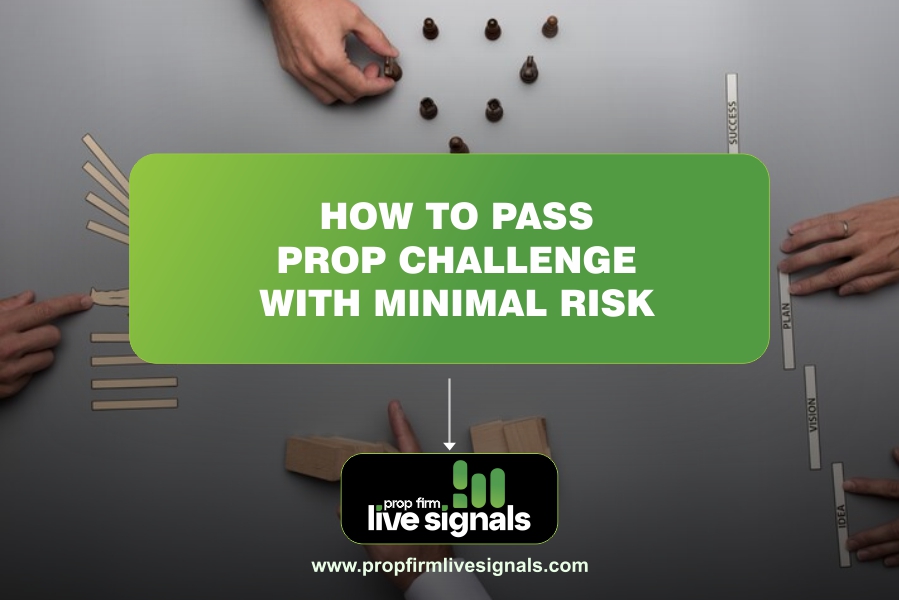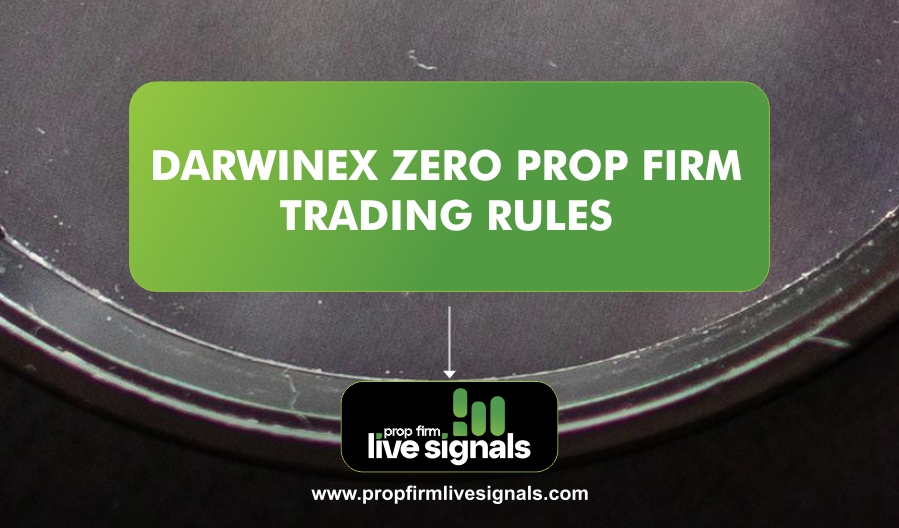Successful completion may result in the opportunity to trade with the firm’s capital, by which an unusually high profit may be gained. However, trading under such great pressure can be daunting, so many traders are looking for ways to go around these challenges with a minimum of risk.
This article will examine some of the best approaches to passing a Prop Firm Challenge with minimal risk, focusing on key aspects like risk management, trading psychology, and strategic planning.
Understanding Prop Firm Challenges
The Prop Firm Challenges are engineered evaluation processes meant to assess a trader’s capability to achieve profitability through adherence to specific risk management rules.
Most of these challenges include several stages, starting with a smaller account size and moving up the scale when success is achieved. Each firm has its in house set of rules, including drawdown limits, profit targets, and trading restrictions, which must be understood to the core before joining.
Benefits of Passing the Challenge
The list of benefits that comes after passing a Prop Firm Challenge is long.
Traders have access to more significant trading capital, allowing them to take bigger positions in the market. It not only increases one’s potential for greater earnings but also diversifies their portfolio. Moreover, traders are freed from any personal liability arising from losses higher than their investment, providing some cushion to take calculated risks.
Key Strategies for Minimizing Risk
1. Thoroughly Analyze the Prop Firm
Before embarking on a Prop Firm Challenge, it is essential to conduct comprehensive research on the firm offering the challenge. Each firm has its own rules and expectations regarding risk limits, leverage restrictions, and trading parameters. A clear understanding of these guidelines will help avoid unintentional violations that could result in disqualification from the challenge.
2. Create a Concrete Trading Plan
The most dependable core of success with any kind of trading and even more so in a Prop Firm Challenge is a well thought out trading plan. It should spell out definitive goals that include profit targets and risk management strategies. A trading plan helps a trader stay disciplined and avoid becoming emotional about decisions that can result in taking unjustified risks.
3. Risk Management First
Risk management is paramount in successfully passing a Prop Firm Challenge with minimal risk. Traders should implement several key practices:
- Position Sizing: It is advisable to limit exposure on any single trade by maintaining appropriate position sizes. A common rule is to risk no more than 1-2% of the total account balance on each trade.
- Stop Loss Orders: Stop-loss orders prevent large losses by automatically closing out trades that move against the trader’s position.
- Daily Loss Limits: Putting in daily loss limits is beneficial in preventing large drawdowns if there are unforeseen changes in market conditions.
4. Maintain Consistency in Performance
Consistency is a crucial ingredient of success while undertaking Prop Firm Challenges. Traders should aim at achieving consistent returns and should not be blinded by the desire to make high profits quickly. Their approach will be complementary to the prop firm’s goal of sourcing reliable and sustainable traders. With this, traders prioritize safe success over ill-advised short-term gains.
5. Embrace Trading Psychology
One cannot forget the psychological side of trading when taking the Prop Firm Challenge. There is often pressure to reach targets for profit in a certain time, which could make them rush into making decisions and increasing exposure to risk. The battle against such a scenario could be:
- Keep Your Head Clear Under Pressure: It’s about composure in difficult market conditions, making sure decisions are well thought out.
- Avoid Impatience: Impatience to reach profit goals could lead to bad decisions in trade. Patience allows the strategies to take their natural course and to work as expected for the most part.
- Focus on Long-Term Goals: Traders need to keep their long-term objectives in mind rather than pestering themselves about immediate results. This will give discipline and proper decision-making abilities to them.
6. Start Small and Scale Up Gradually
For those new to prop trading challenges, beginning with smaller accounts can provide valuable experience without overwhelming pressure. Starting small allows traders to familiarize themselves with the firm’s rules and evaluation metrics while building confidence in their trading abilities. As proficiency increases, traders can gradually scale up their account sizes and take on more significant challenges.
Want to take your trading to the next level?
Take advantage of our LiveSignals, your go to resource for dependable, real-time trading signals, you can eliminate uncertainty from trading.
Propfirmlivesignals is the answer to your constant success in the markets!
You will always be on top of your game with expert analysis and real-time updates. Never let this chance slip away to supercharge your trading journey.
More Info Click here
Frequently Asked Questions (FAQs)
What are the usual Prop Firm Challenge rules?
- Rules vary by firm but generally include targets for profits, maximum drawdown limits, and requirements related to trading hours. Other firms may restrict the use of certain trading strategies or insist on utilizing their specific risk management tool.
How can I minimize risk during the challenge?
- With views to minimizing risks, traders should follow effective risk management strategies such as position sizing, using stop-loss orders, setting daily loss limits, and following a well-structured trading plan.
Is it advisable to use high leverage in a Prop Firm Challenge?
- While high leverage can exaggerate the profits, it also brings a high potential for great losses. Generally speaking, moderate leverage is advisable to focus more on being consistent rather than aiming at high returns.
What role does trading psychology play in passing the challenge?
- Trading psychology is crucial in maintaining discipline and emotional control during the challenge. Traders must manage stress, avoid impulsive decisions, and stay focused on long-term goals rather than short-term results.
How important is consistency in trading performance?
- Success in a Prop Firm Challenge requires consistency. Firms would instead work with traders who can provide consistent returns over some time than risk-takers looking for quicker returns. Consistency breeds more credibility and a better chance of passing the challenge.
Can I participate in multiple Prop Firm Challenges simultaneously?
- While it is possible to take on multiple challenges, you should be careful to know that you can manage your time and resources. Too many challenges may lead to juggling and increase stress and reduce focus on each individual evaluation.
What if I fail the challenge?
- A critical analysis of the performance is required after failure in a Prop Firm Challenge. Establish the areas for improvement, refine your trading strategies, and, if necessary, consider reapplying in the future with more experience or an adjusted approach.
Are there any fees associated with participating in a Prop Firm Challenge?
- Many prop firms charge fees for participating in their challenges. These fees can vary widely depending on the firm and the specific challenge format. It is essential to understand these costs upfront before committing to a challenge.
How long does a typical Prop Firm Challenge last?
- The Prop Firm Challenge length differs with each firm, but most of them have a challenge lasting from a few weeks up to more than a few months. As a trader, one should know the timeline set by the firm he chooses to join.
If you have any question you will like to ask, do well to leave a comment on the comment section.




